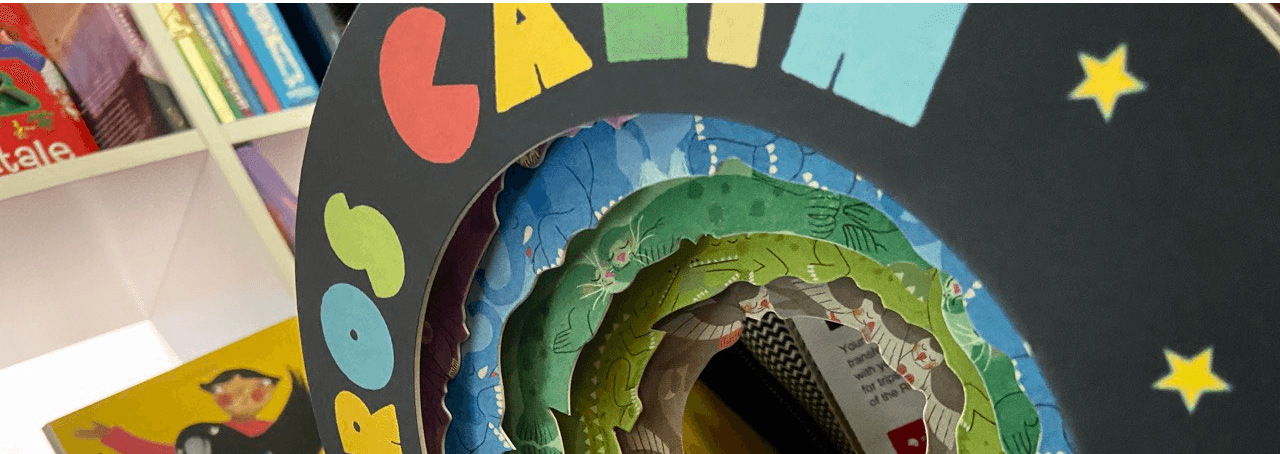* ESC - close the search window
2024 Frankfurt Book Fair
2024 Frankfurt Book Fair: Trends we can’t ignore
01.11.2024
This year’s Frankfurt Book Fair focused on technology and innovation in book publishing. 115,000 professional visitors from 153 countries and 115,000 private visitors gathered to sell, purchase, and communicate about books as well as about the future of reading and publishing. Read more on how the fair was combined with a political agenda, conversations about threats to life, and escapism through comics and genre texts.
Democracy and wars
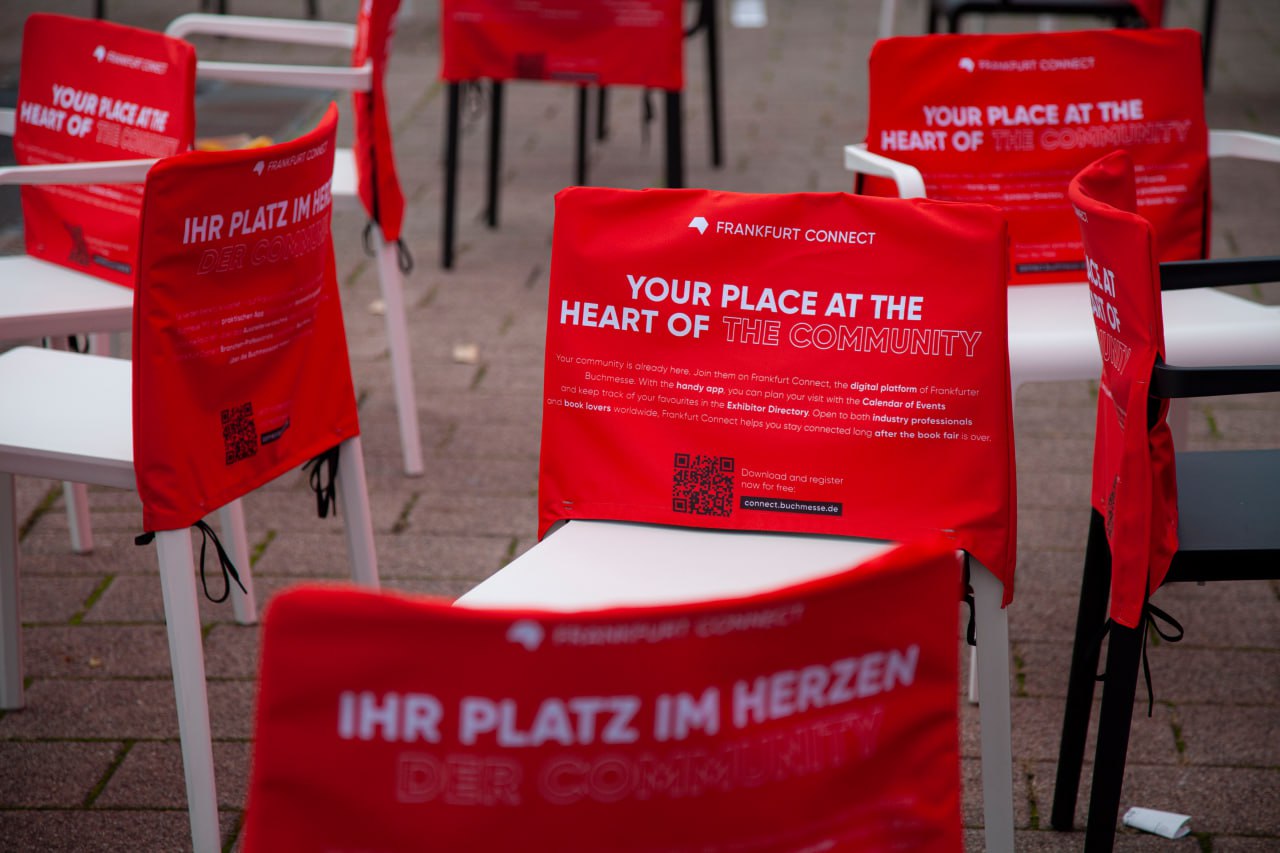
The Frankfurt Book Fair is different from other international book events. Vice-President of the Frankfurt Book Fair Tobias Foss said, “Every conflict on the planet is represented here.” The organizers emphasize that the main “columns” of the program are business, culture, and politics. However, the topics of wars and threats to democracy were not very visible beyond the Ukrainian stand.
Just as in the two previous years, official representatives of Russian book publishing were outside the exhibition, but two threatening situations occurred in the first days of the exhibition: the presence of a publishing stand for Eksmo, one of the largest Russian publishing houses, known for its numerous propaganda books; and the launch of a program by the German Foreign Ministry to strengthen cooperation between the Eastern partnership countries and Russia. We hope it was accidental.
Anne Applebaum was awarded the Peace Prize of the German Book Trade. Fortunately, the ceremony had a much higher profile than the appearance of Russian representatives at the exhibition and was the focus of German press attention. Consequently, the focus was on talk of Ukraine’s victory and how the West should contribute to it.
This year’s Ukrainian national stand was noticeable and important. It consolidated the presence and perspectives of numerous visitors and professionals. Conversations about identity, military writers, new voices in literature, stories about Crimea, and Ukraine’s multiculturalism involved book fair officials and Germany in general. Few national stands had such visibility.

Conversations and contemplations about the proximity of the enemy and the search for alliance were led at the Ukrainian stand. Writer Olena Stiazhkina wrote for Chytomo: “We really need to ask the visitors of the fair about our identity. They know indeed that we are strong, resilient, and persistent, and that we will defend borders, both ours and theirs.
“On the one hand, these visitors feel so calm because we are there. On the other hand, I would like each of these visitors to know the price of safety,” she added.
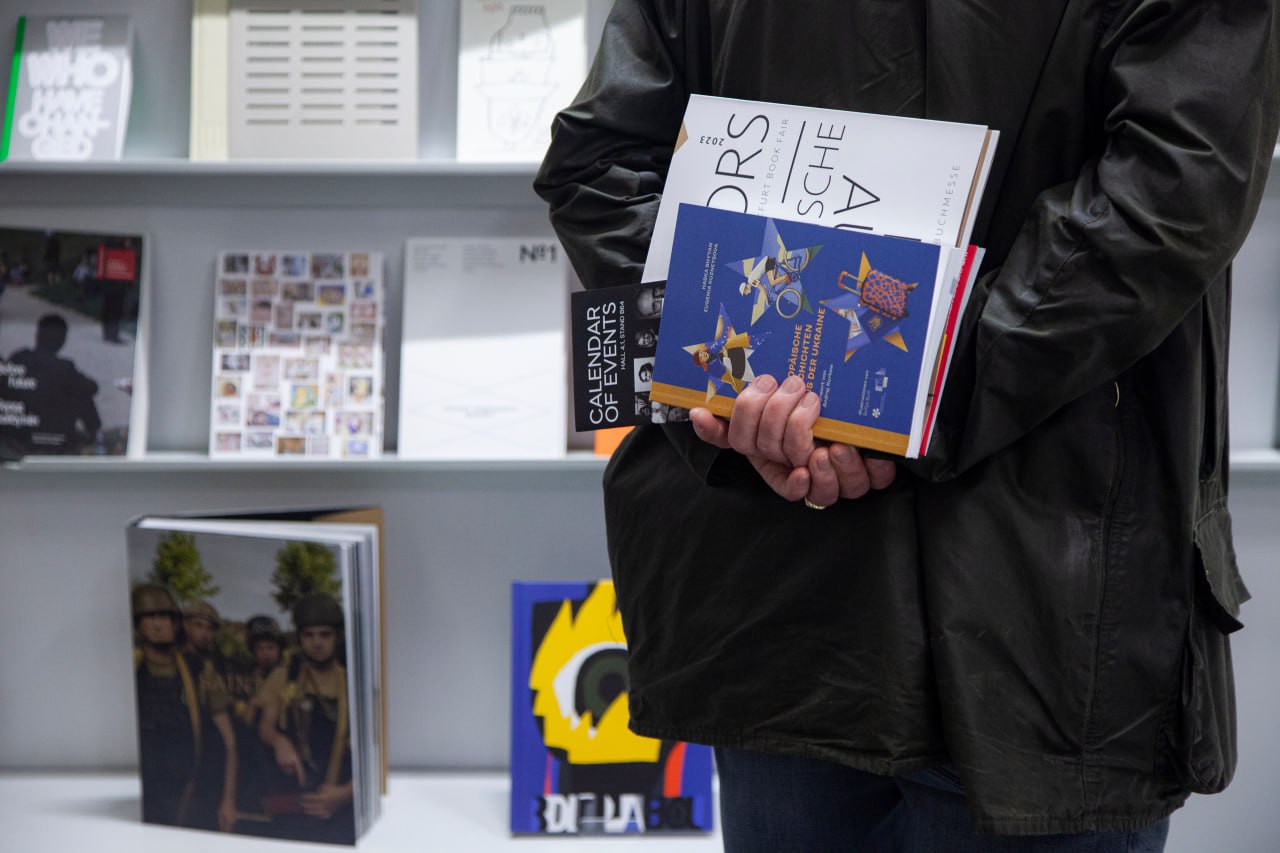
A conversation on the Israeli-Palestinian war was held outside the open space of the fair, where Palestinians had organized a parallel program of events opposite the Frankfurt exhibition center.
Stands of Azerbaijan representatives were at the fair, but in a separate pavilion, away from the Armenian one because of the Karabakh conflict.
Georgian publishers protested against the Russian influence on them (in particular, at the closing ceremony of the Frankfurt fair), and Ukrainian publishers protested against the participation of Russian publishers, of which there were five.
RELATED: Publisher from Georgia David Kakabadze: The most important thing is to get rid of Russian influence
In the courtyard of the exhibition space was the “Design for Democracy” exposition, a project that invited visitors to share their ideas about how the design and arrangement of cities and spaces affect democracy and social change. The impact of authoritarian regimes and direct violence was not discussed in this project, for some reason.
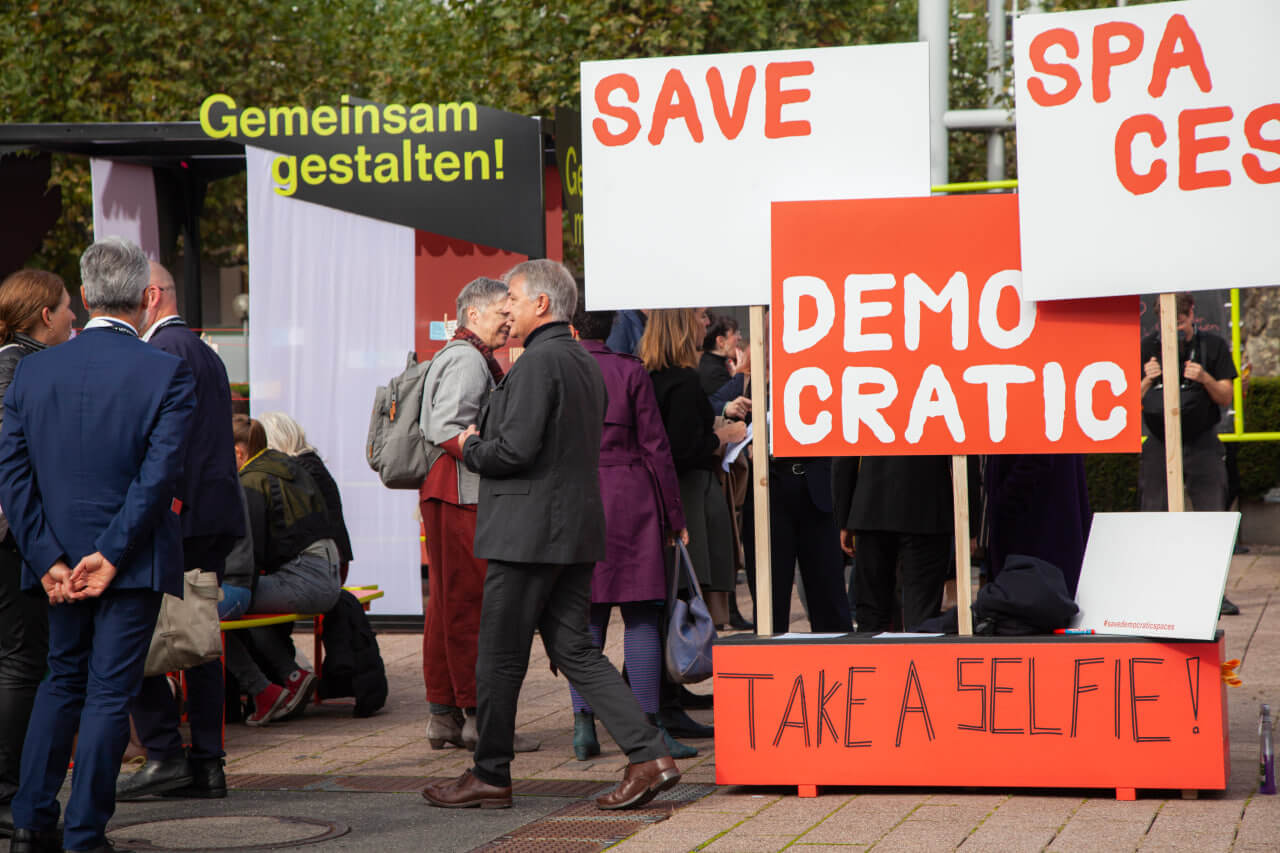
At the same time, this year, publishers from all over the world have become even more active in signaling attacks on culture, human rights, and democracy by increasingly authoritarian regimes. For example, publishers from Hungary, Georgia, Slovakia, and Bulgaria are reporting similar scenarios of imposed restrictions. Some are boycotting state cultural programs and organizing protest actions (such as in Georgia and Slovakia), while others have not yet found ways to resist and are learning from the experiences of their colleagues.
“Business, culture, politics” were present in that order of priority.
Significant increase in rights sales to Ukraine

In the context of rights sales, trends have remained relatively consistent, with manga actively expanding into nearly all European markets. During the Rights Meeting, a staple event at Frankfurt, the discussion highlighted a shift from publisher dominance to brand power, particularly among authors, who often represent the largest brands. Consequently, competition for authors’ loyalty is intensifying between publishers and literary agencies.
The literary agents’ area, which expanded to 548 agent workstations (desks) last year, remained the same size this year. Updated statistics for Germany were released: sales of rights to German books have decreased significantly: from 7777 in 2021 to 6527 in 2023. The reasons include a decrease in sales of rights to Russia and China. At the same time, it is noted that there was a record jump in rights sales to Ukraine: 317 vs. 91 in the same period.
Sustainability and print on demand
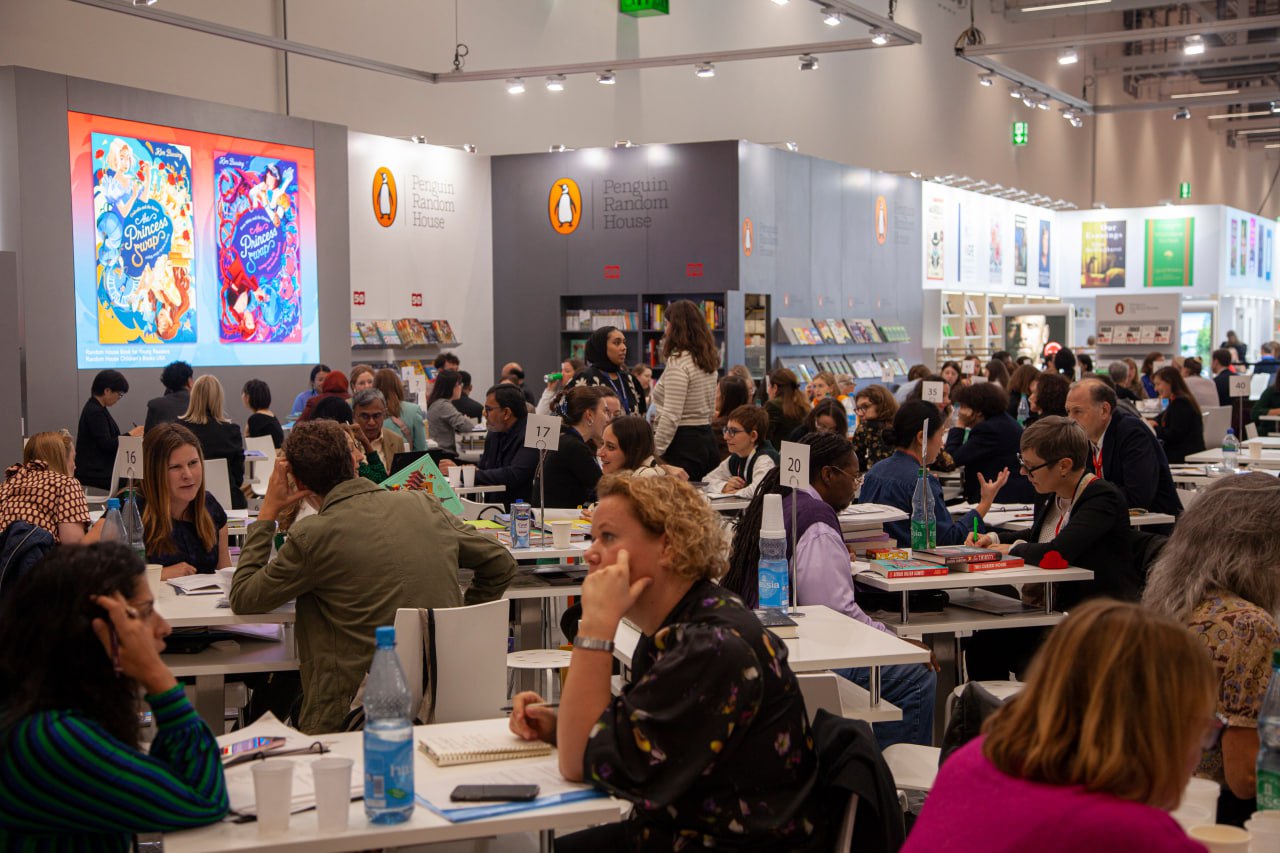
The main challenges facing Western publishing are competition (the number of publishers and products is growing, unlike the number of spaces for selling), overproduction (publishers print more books than readers actually need), book returns (in particular, representatives of the Spanish Association of Publishers state that an average return rate is 30%, while for some publishers it can be 50% or 70%), the need for sustainability, and internationalization (the need to enter new markets).
Independent publishers offer an answer for this. They promote the concept of bibliodiversity. However, while small companies can afford higher selectivity and micro-editions that are on par with art objects, larger publishers are in no hurry to join this trend.
At the Sixth International Publishing Distribution Forum, some of these problems were suggested to be solved by the widespread introduction and demythologization of the POD (print on demand) system. “Publishers must leave their comfort zones for the sake of innovative changes,” Aranza Mellado of the Spanish company LiberExpress said at the conference.
RELATED: Why do Ukrainian writers move from big publishers to small ones?
In particular, Mellado said that POD is currently at the peak of its development in Europe, as it is a much more flexible model than the standard publishing one, requires less investment, and works with direct requests. Although this type of printing might be more expensive than standard (based on the cost of each copy), companies can save money: on shipping books, on the total cost of circulation, and on storage, because with POD there’s no need to invest in space to store unsold books. Also, the risks of book returns are reduced.
Mellado also points out that with the lower cost of the overall book production cycle that POD has, it is possible to print more niche books and books for minorities, so more readers’ tastes and needs can be met.
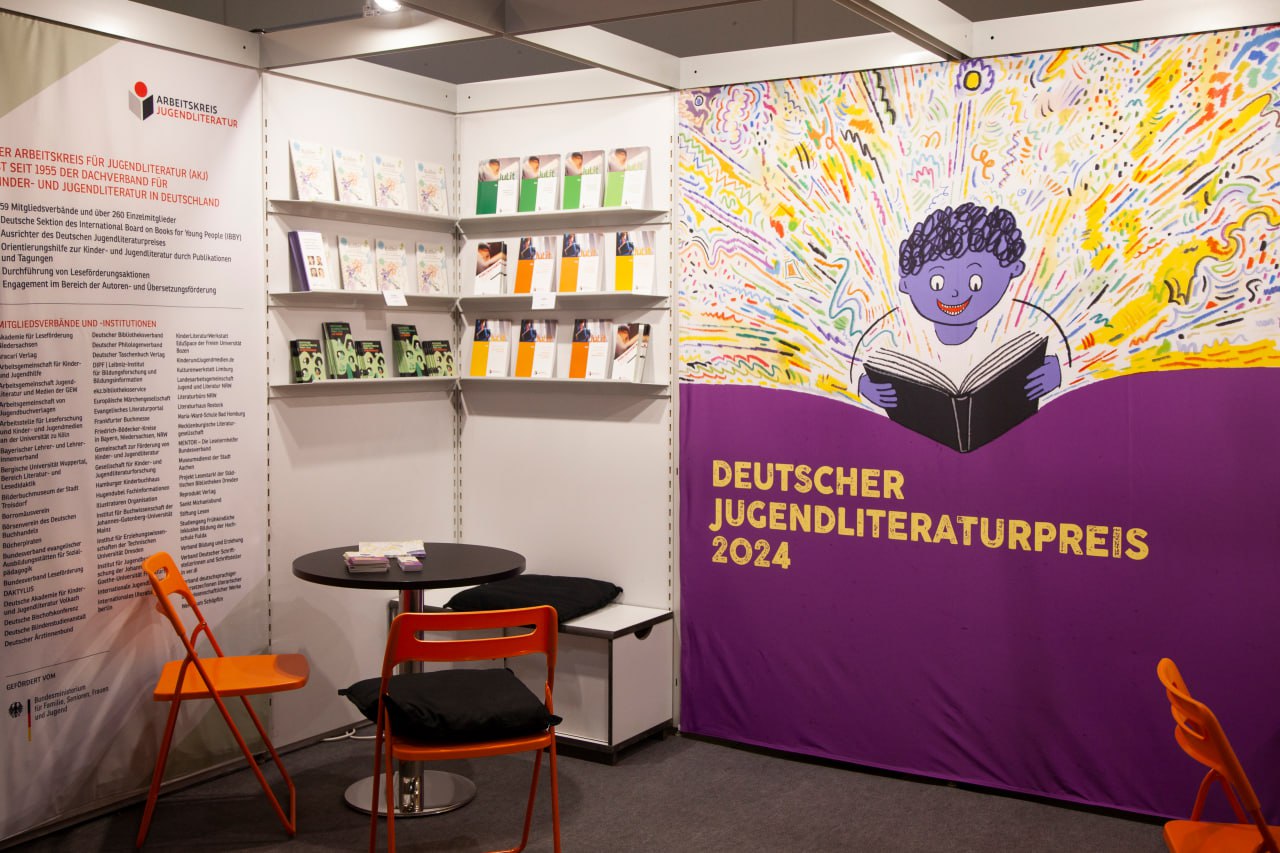
During the discussion, representatives of the Spanish and American markets emphasized that publishers cannot always objectively assess how many copies of a title they should print, which leads to overproduction and, accordingly, to an increase in waste from printing books. They said the future belongs to POD as a system that works with real demand, not expected demand for books. However, this position opens up many new questions. How do we estimate the real demand for books? Why does marketing, whose task is to influence this real demand if it is too low, disappear from the distribution equation? How does this model work for small publishers, who may often be focused on simply recouping the money invested in a book, rather than on actual profit?
The publishers who attended the event nevertheless argued that it is easier to print too many books and sell them over 2-3 years than to sell a clearly calculated amount in a short period of time. After all, the funds invested in publishing a single title are often substantial.
It is difficult to say how relevant this is to the challenges of Ukrainian publishers. Especially if many of them are concerned with reducing the cost of publishing a book, rather than optimizing and implementing solutions that are friendly to the environment.
Artificial intelligence
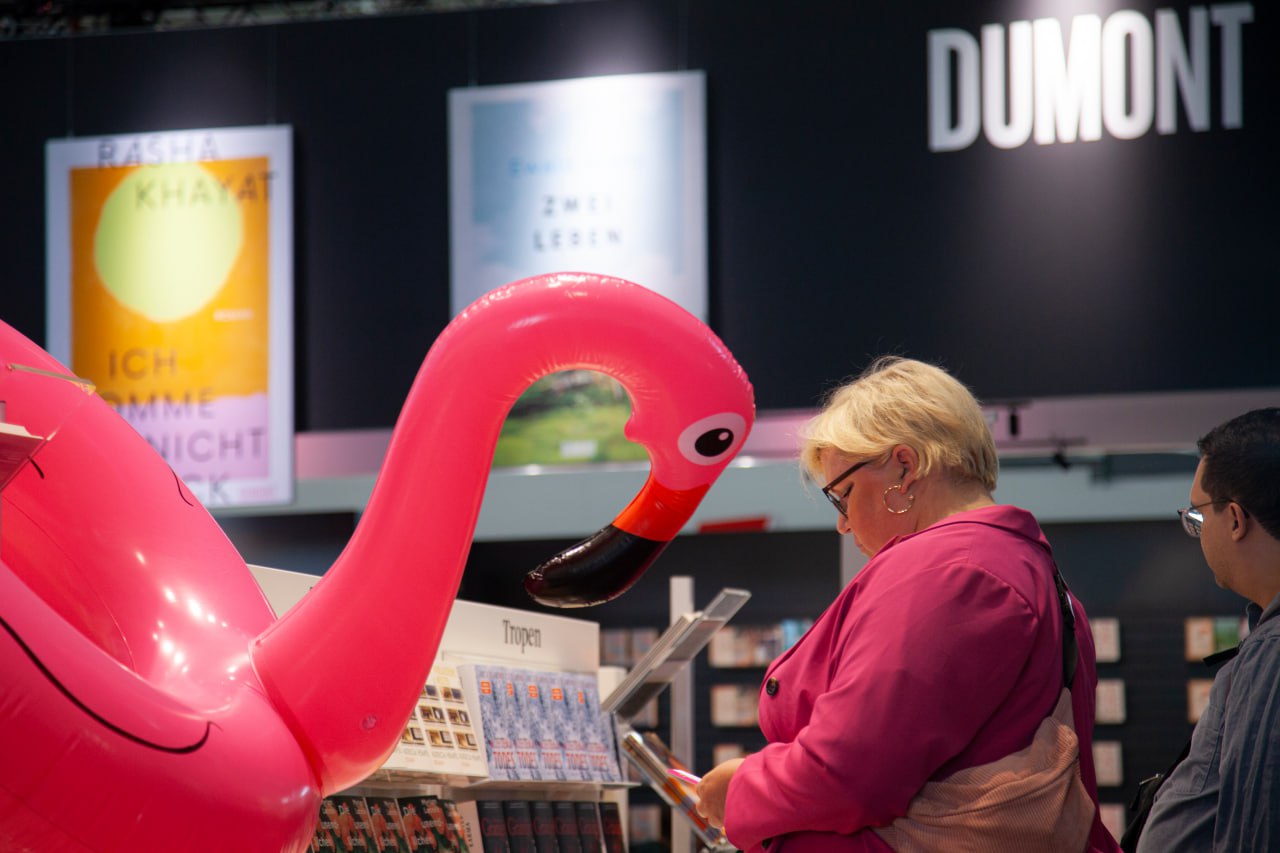
In a survey of Ukrainian publishers by Chytomo, 60% said they use artificial intelligence (AI) in their work. However, AI as a tool for work or art, as an assistant, as a threat, and as a challenge in work appeared in a number of events at different corners of the book fair (from discussions with Filipino indie publishers to a discussion with Claudia Roth, the German Federal Government’s Commissioner for Culture and Media). While some of the events discussed the threats of AI (including a discussion by the International Publishing Association), others presented poetry performances with texts created in collaboration with AI (including a performance by German poet Rike Scheffler).
“What we will see in the next few years is the coexistence of human and artificial creativity. And I think the result will be even better than just a human or just AI,” Javier Celaya, co-founder of Dosdoce.com, a platform created to help cultural professionals, told Chytomo.
Probably the most-discussed topics at the exhibition were AI and copyright—in particular, during the debate on the types of content licensing for copyright protection and profits for creators from AI. It is worth mentioning that Germany became the first country to create a legislative regulation of AI use—the national AI strategy (in November 2018)—with a special commission that deals with complaints about offenses by AI-related companies. Currently, the European Union regulates the use of AI by The Artificial Intelligence Act—Regulation (EU) 2024/1689 (May 2024), and the UN has published the first global agreement on AI regulation.
“Companies often agree on certain content to train the system, but later use the same content for commercial purposes without agreeing with the copyright holders. According to a recent study from the Universities of Magdeburg and Hannover, at least 0.3% to 10% of the content used by AI for training automatically ends up in further commercial use,” Silke von Lewinsky, professor at the Max Planck Institute for Intellectual Property, reported.

Stories about the illegal use of book content to teach AI systems are still relevant in many countries around the globe because not all publishers and writers can afford lawsuits against AI-related companies.
“The legal situation with AI is still unclear, and it is important to lobby what is right for the interests of creators and publishers,” said Scott Zebrak, co-founder of Oppenheim + Zebrak, LLP, a law firm working at the intersection of technology, new media, consumer behavior, and litigation.
Publishers Weekly’s database includes 1183 companies that are working with AI, and their number and impact on various types of publishing are increasing. In his conversation with Chytomo, Javier Celaya spoke about the influence of AI on the market of audiobooks:
“With AI, you can reconstruct the voice of a certain person as the narrator of an audio story, and instead of going to a studio and recording, you can have a replica narrator do the job. The real narrator will stay at home and earn money for every time their voice is used. It’s another way to get paid now.”
As AI companies gain financially, there will only be more talk about them (according to Publishers Weekly, OpenAI’s growing annual revenue, reached $3.7 billion last year, compared to $4.92 billion for Penguin Random House, the world’s largest book publisher).
What are people reading, and what’s the situation with BookTok and manga?

In Germany, like in other countries, an increase in teenage readership is reported: the number of readers under 19 has grown by 32% since 2019, with the biggest increase in the category of 13- to 15-year-olds (+65%). This sharp increase is attributed to the growing popularity of manga. However, the category of 4- to 6-year-old children has seen a decline—11% in four years.
This trend could be clearly seen at the festival. The New Adult zone, presented separately for the first time at the fair, attracted the biggest number of visitors and caused the longest lines over the weekend, with readers standing for up to five hours to have their favorite author sign a book. The signing sessions of Elif Shafak, who opened the fair, were much more brief.
Despite the fact that most publishers complain about the decline in reading (especially of adult fiction and nonfiction), sales and reading of visual books are encouraging. In Italy, for instance, the so-called silent books, comics, and visual books are becoming increasingly popular, and publishers who have never published them before are starting to publish them as well.
Finnish children’s book publishers say that reading preferences are influenced by BookTok recommendations. Children and teenagers are more willing to read what their peers read than what teachers or librarians suggest (despite the fact that the Finnish library system is known for its accessibility and comfort). The crowds of teenagers at the TikTok Book Awards 2024 confirm this trend.
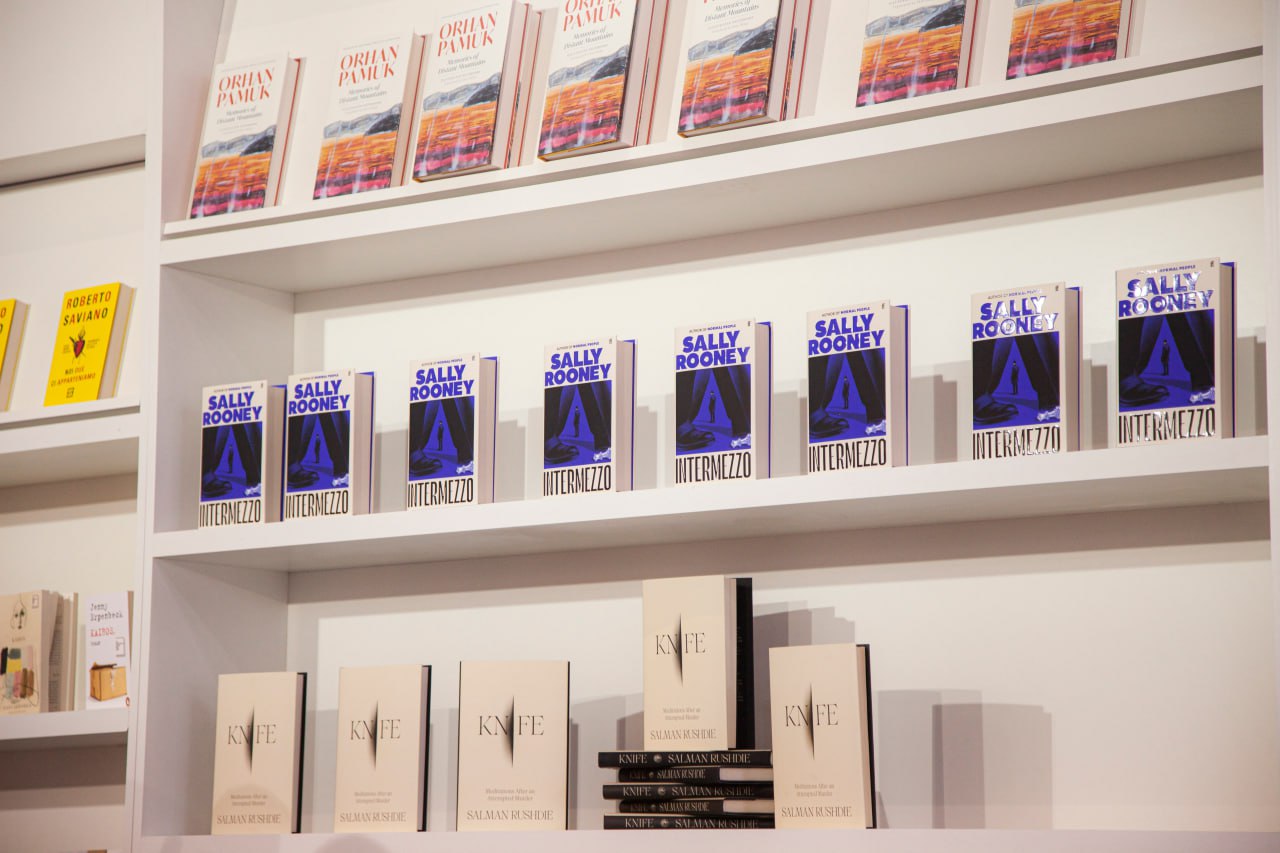
Audiobooks
This year’s Audio Publishers Association survey of American audiobook listeners indicates 9% growth in the industry. According to the Association of American Publishers, audiobooks outsold e-books in terms of sales in the first half of 2024 ($435 million versus $432.4 million).
Representatives of Audible, an audiobook production and distribution company, speaking about the target audience, note that 74% of readers from 11 key book markets claimed to have listened to an audiobook at least once, and more than 46% of readers listen to books all the time. The growth of the audiobook market, its impact on reading (or rather listening, and more broadly, book consumption) and on the profits of publishers of traditional printed books were widely discussed.
Book-to-Screen

This year, the Frankfurt fair has intensified with the expansion of its audience to include film producers and video game developers. The Arts+ sector hosted Book-to-Screen day, a program that brought together representatives of three sectors (film, computer games, and publishers) and aimed to find opportunities for cooperation and showcase the best cases.
Visitors and participants had the opportunity to learn insights and cases from the industry. At the same time, unlike the Berlinale, there was no pitching format, as Nuka Gambashidze, rights manager of the Georgian publishing house Sulakauri, shared. Some of the publishers have already visited film festivals and have experience of working with the film industry on adaptations of their own book projects, but at the level of the video game business, there was a somewhat lesser understanding of cooperation.
Video game authors recognized that scripts written by developers work much worse than book plots. At the same time, representatives of the literary sphere often offer stories that risk turning the game into a video novel, so the practice of collaboration was generally considered desirable by both developers and publishers. Both sides saw such cooperation as a significant increase in profits for both parties, specifically mentioning Eastern European and, in particular, successful Ukrainian game development practices, such as the Ukrainian game Metro 2033 (a survival horror game based on the novel by Russian writer Dmitry Glukhovsky).
If Book-to-Screen day proves to be successful, we can expect more formats, but for now, the Frankfurt Book Fair team is only building the audience and community for the program, which is “of strategic importance for the book industry.”
RELATED: The Frankfurt Book Fair attracted 115,000 professional visitors
Images: Eugenia Perutska
Translation: Iryna Savyuk
Copy editing: Joy Tataryn
This publication is sponsored by the Chytomo’s Patreon community



